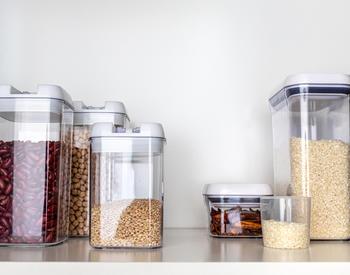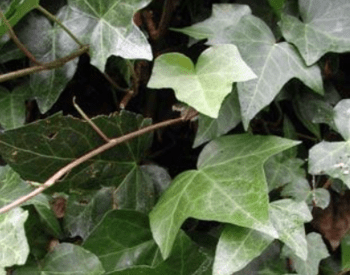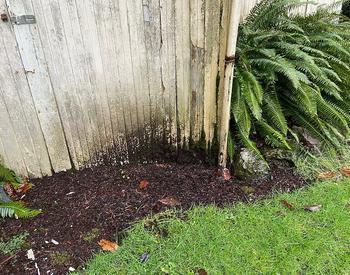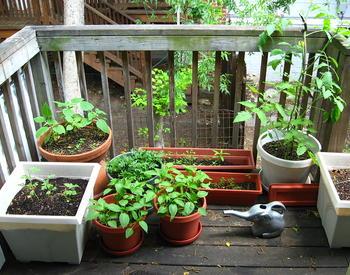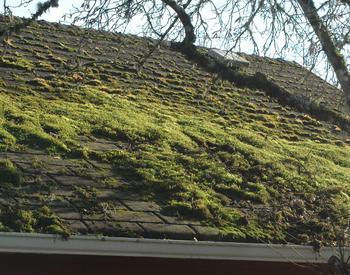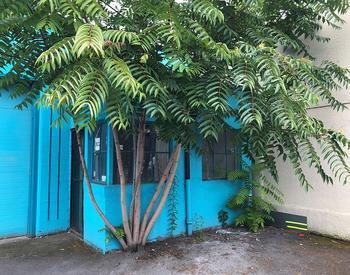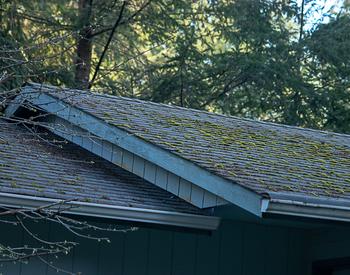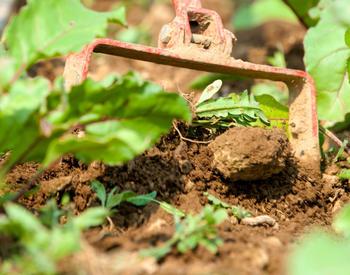Indications of excess moisture in the home
- Moisture meter indicates level above 50% relative humidity
- Musty smell
- Mold on surfaces (window sill, in closets, behind furniture)
- Condensation on windows, toilets and exposed pipes
- Water stains on window sills, ceilings, walls
- Moisture under plastic in basement
- Airtight construction allows odors to linger
- Damp bottoms on cardboard boxes sitting on the floor
Controlling sources of indoor moisture
Lifestyle of residents
- Limit number of occupants in living space
- Hang laundry outside to dry
- Dry wet shoes, coats and umbrellas before storing
- Keep home and clothes clean
- Cover aquariums
- Limit houseplants
- Keep pets and their food and water dishes clean and dry
Appliances
- Vent clothes dryer to the outside
- Empty refrigerator drip pan regularly
- Empty dehumidifier tank regularly
- Maintain air conditioner filter, coils, line
- Properly vent combustion heating appliances to the outside
- Store firewood outside
- Use humidifiers rarely
- Maintain moderate indoor temperatures during the heating season
Identify and repair leaks
- Plumbing, including pipes to refrigerator, water heater, faucets and drains under cupboards and laundry spigots
- Roof, including vents and skylights
- Windows, doors
- Foundation vents
Adequate air circulation throughout the home
- Keep furniture away from walls
- Open drapes or curtains
- Leave interior doors open
- Open heating/cooling vents
- Maintain heating, ventilating and air conditioning system
- Keep low wattage bulb on in closets or small enclosed areas
Eliminating potential sources of water infiltration
- Cover exposed soil in crawlspace with vapor barrier
- The concrete foundation has adequate exterior protection from water
- Drainage directs water away from or around the house
- No water pools near the foundation of the house
- Keep rain gutters free of debris and in good repair
- Downspouts carry water away from house
- Siding is sealed along bottom edges
- Don’t allow water from sprinklers to hit the house
- Trim back plants and shrubs to allow airflow around exterior of the home
- Maintain and keep exterior of house free from mold
Removing moisture from home
- Fans for spot ventilation
- Placed near moisture source in the kitchen, bathroom and laundry rooms
- Vented to the outside
- Check for effectiveness
- Leave on until all moisture is eliminated. (Install timers or controls with moisture meters built-in)
- Roof vents to allow ventilation in attic space
- Open vents in foundation to allow airflow
- Control condensation on cool surfaces inside the home including
- Single pane windows
- Uninsulated walls
- Unfinished basements
- Uninsulated or metal doors
- Install and regularly use a dehumidifier
- Carefully clean and dry any signs of mold
Share these tips by downloading the Stamp out Mold in your Home handout.

